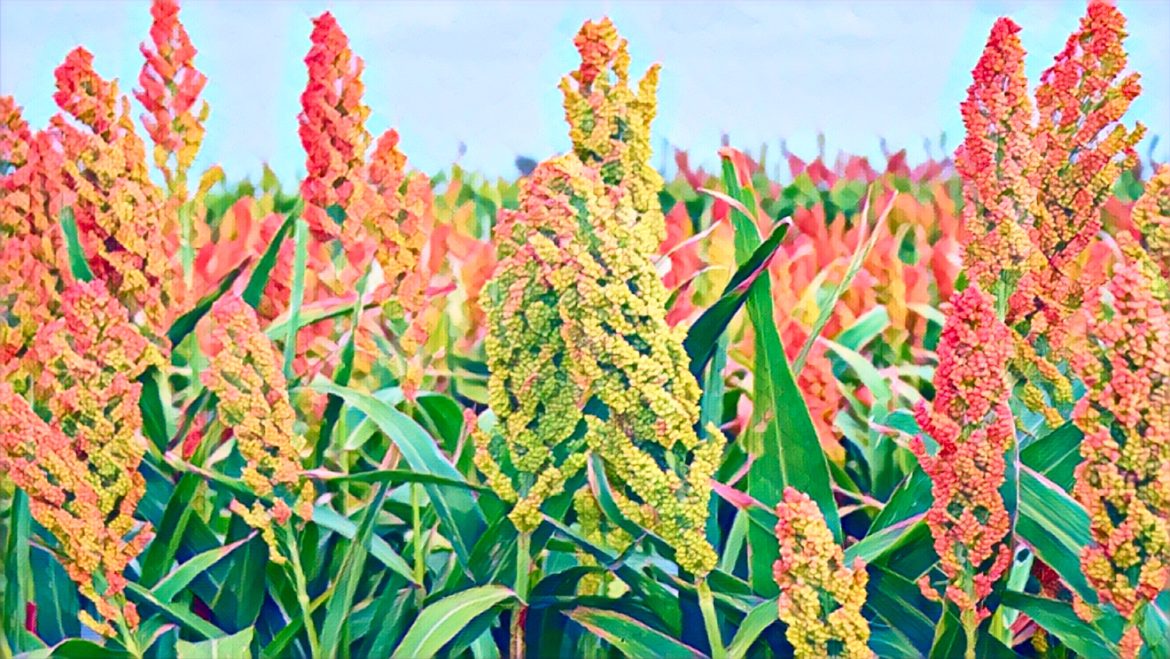Key Points
-
The sorghum production drive in Zimbabwe targets 6,000 smallholders.
-
The sorghum production drive uses mechanisation to cut post-harvest losses.
-
The sorghum production drive aims to build private-sector value chains around sorghum.
The government of Zimbabwe and its development partners have come up with a bold plan to change how sorghum is grown all over the country. This push to grow more sorghum is part of an effort to make the crop more resistant to climate change, boost yields, and create new business opportunities for a crop that has long been seen as a minor player.
Officials in charge of agriculture say that about 6,000 smallholder farmers will take part in the pilot phase of the program. The International Fund for Agricultural Development (IFAD), the Zimbabwe Agriculture and Climate Policy Centre (SACP), and private-sector agribusinesses will work together to run the program. The goal is to make sorghum a common commercial cereal instead of a rare one.
How the push to grow more sorghum will work
The plan for putting the plan into action includes sending out mobile mechanisation units, training young people and women to provide services, and improving how crops are handled after they are harvested. Analysts say that smallholders have been less profitable for a long time because they lose up to 30% of their crops after harvest. The program’s goal is to help farmers make more money by lowering their losses and raising the quality of their grain.
The goal is not just to grow more sorghum, but also to build whole value chains. The goal of the initiative is to move sorghum from subsistence fields to structured markets. This will be done through mechanised threshing services and formal off-take agreements with processors and buyers.
Why the push to grow sorghum is important right now
Sorghum gives Zimbabwe a strategic edge because maize has been the main crop choice but is still vulnerable to drought and changes in weather. Because it can handle unpredictable rain and poor soils, it is a good choice in a changing climate. Officials say this is a planned move to make food production more varied and less reliant on staple crops that have failed many times.
In addition, the private sector angle is given a lot of attention. The plan asks agribusinesses and banks to help mechanisation service providers and connect farmers with buyers. This mix of government policy and business is meant to keep things going after the first rollout.
The sorghum production drive still has problems to deal with
It won’t be easy to turn a pilot project into a nationwide change. Mechanisation units need to get to far-off areas, farmers need to use better seeds and methods, and the market needs to be able to handle more output. There are also worries about the quality of the grain because of past problems with getting enough inputs and processing them.
Still, it looks like government officials are sure. The Agriculture Engineering and Mechanisation Directorate has said that new policies will soon be in place to help with mechanisation and making equipment locally. If the drive to grow more sorghum is successful, it could change the way cereals are grown and sold in Zimbabwe. This could turn this small grain into a growth engine for rural areas.
The real test for Zimbabwe as it moves into this new phase of farming will be whether mechanisation, market connections, and farmer training can all work together. If they do, the push to grow sorghum could be a model for how to be strong and rebuild rural areas.


